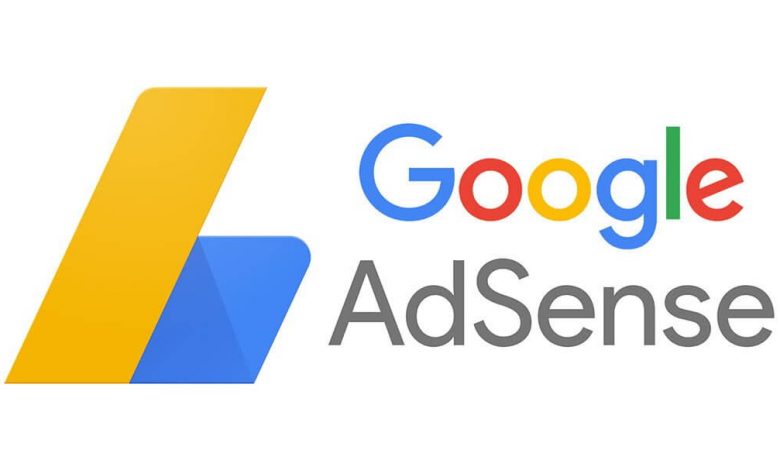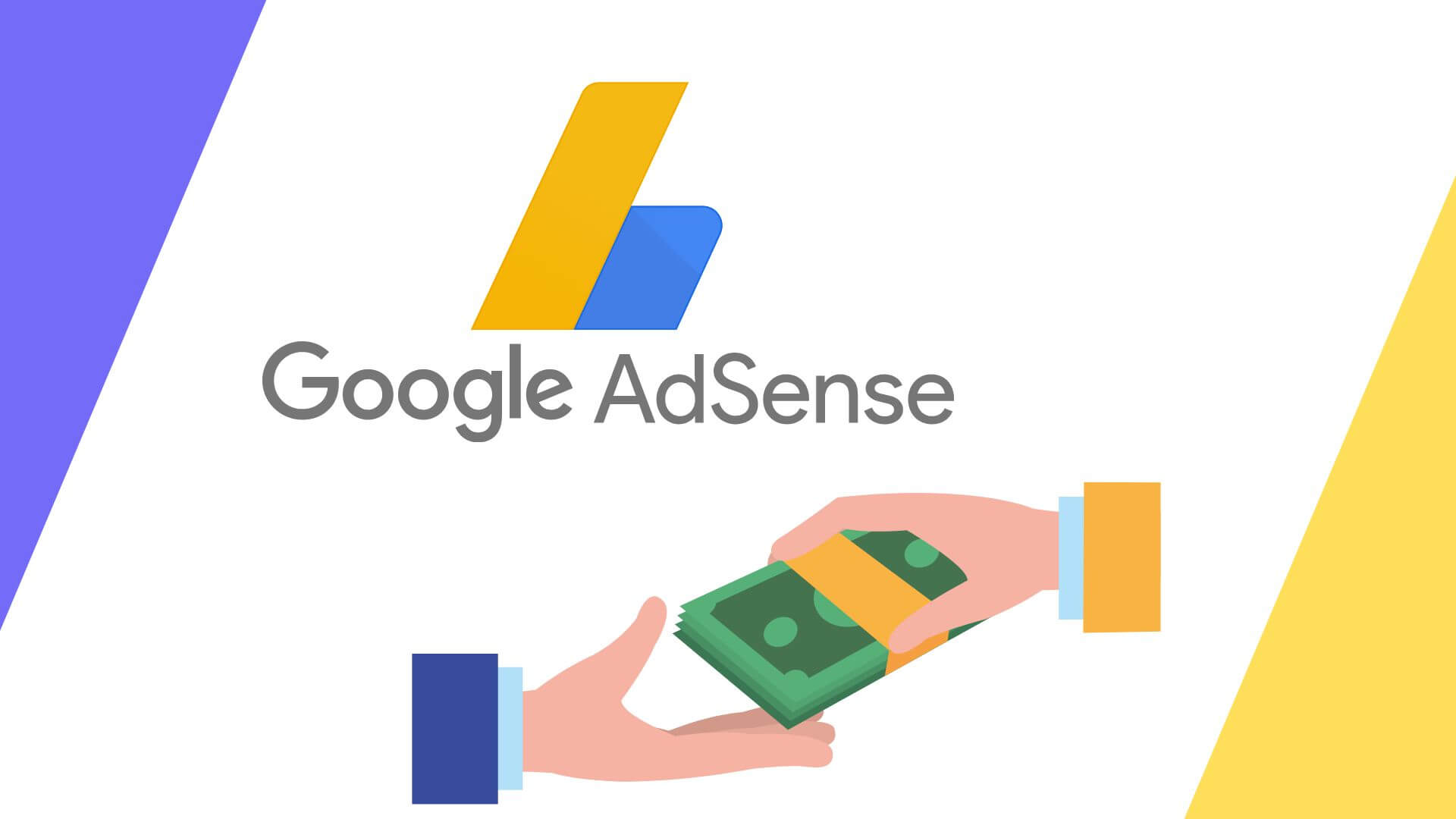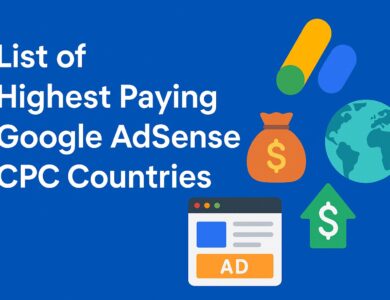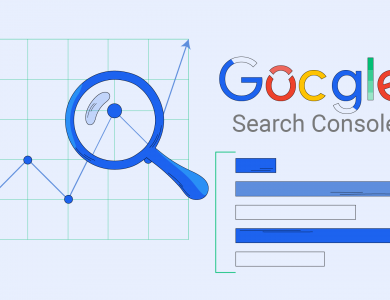
Google AdSense serves as a valuable tool for website owners and content creators, enabling them to monetize their digital assets while delivering targeted advertisements to their audience. It is an advertising program offered by Google that allows website owners and content creators to monetize their online platforms. It enables publishers to display targeted advertisements on their websites and earn revenue based on clicks or impressions generated by these ads. AdSense acts as an intermediary between advertisers and publishers, facilitating the process of displaying relevant ads to the right audience. The program utilizes advanced algorithms to analyze the content of a webpage and deliver ads that are contextually relevant, ensuring a higher chance of user engagement. AdSense offers a variety of ad formats, including text, display, and video ads, allowing publishers to choose the most suitable option for their website layout and user experience.
How Does It Work?
Throughout this process, AdSense ensures that the displayed ads are tailored to the visitor’s interests, providing a relevant and seamless advertising experience for users while allowing publishers to earn revenue from their website traffic. It works through a simple and efficient process.
Sign Up
Publishers first need to sign up for a Google AdSense account. After providing the necessary information and verifying their website, they gain access to the AdSense dashboard.
Ad Placement
Publishers can choose from various ad formats and sizes offered by AdSense. They can then generate ad codes for these placements.
Ad Code Integration
Publishers copy and paste the generated ad codes into the HTML of their webpages where they want the ads to appear. AdSense uses these codes to display relevant ads on those specific sections of the website.
Ad Auction
When a visitor loads a webpage with AdSense ads, an ad auction takes place in real-time. Advertisers bid for ad placements based on various factors like relevance, bid amount, and targeting criteria.
Ad Display
AdSense algorithms analyze the content of the webpage and the visitor’s profile to determine the most relevant ads to display. The selected ads are then shown to the visitor.
User Interaction
Visitors can choose to click on the displayed ads if they find them interesting or relevant. Publishers earn revenue when visitors interact with the ads, either through clicks or impressions.
Revenue Generation
It keeps track of the interactions and calculates the revenue generated. Publishers can access their earnings and performance metrics through the AdSense dashboard.
Payment
It pays out earnings to publishers on a monthly basis, usually through methods like direct deposit or check.
Advantages

It offers publishers a convenient and effective way to monetize their websites while delivering targeted and relevant ads to their audience. It empowers publishers with control, flexibility, and revenue potential, making it a valuable tool for online content monetization.
- Revenue Generation – It provides an opportunity for publishers to generate income from their online content. By displaying targeted ads on their websites, publishers can earn revenue based on clicks or impressions, helping to monetize their digital assets.
- Easy Setup – It offers a straightforward and user-friendly setup process. Publishers can quickly sign up, generate ad codes, and integrate them into their webpages with ease. The platform provides step-by-step guidance, making it accessible even for beginners.
- Wide Advertiser Network – It connects publishers with a vast network of advertisers. This means a higher chance of displaying relevant ads on their websites, increasing the likelihood of user engagement and ad clicks.
- Contextual Targeting – It utilizes advanced algorithms to analyze the content of webpages and deliver ads that are contextually relevant. This helps to enhance user experience and increases the chances of users engaging with the ads, leading to higher click-through rates.
- Multiple Ad Formats – It supports various ad formats, including text, display, and video ads. Publishers have the flexibility to choose the most suitable format for their website layout and user experience, ensuring seamless integration with their content.
- Performance Tracking and Optimization – It provides comprehensive reporting and analytics tools, allowing publishers to track their ad performance, revenue, and user engagement. This data enables publishers to optimize their ad placements, experiment with different strategies, and maximize their earnings potential.
- AdSense Policies and Support – Google maintains strict policies to ensure high-quality and relevant ads for users. AdSense provides support and resources to help publishers understand and comply with these policies, ensuring a positive advertising experience for all parties involved.
Important Tips
Success with Google AdSense requires a balance between monetization and user experience. By providing valuable content and strategically implementing ads, you can maximize your revenue potential while keeping your audience engaged and satisfied.
- Quality Content – Focus on creating high-quality and engaging content that attracts and retains your target audience. Quality content encourages more user engagement, which can lead to higher ad clicks and increased revenue.
- Ad Placement – Experiment with different ad placements on your website to find the most effective locations. Consider placing ads above the fold or within the content where they are more likely to be noticed. However, be mindful of not overwhelming your visitors with too many ads, as it can negatively impact user experience.
- Responsive Design – Ensure your website has a responsive design that adapts to various screen sizes and devices. This allows your ads to display properly and provides a seamless user experience across different platforms.
- Ad Formats – Explore different ad formats, such as text, display, and video ads, to find the ones that resonate best with your audience. Test different formats to see which ones perform well and generate higher click-through rates.
- Ad Styling – Customize the appearance of your ads to match your website’s design and blend in naturally with your content. AdSense provides customization options to help you create visually appealing and cohesive ad units.
- Targeting – Make use of AdSense’s targeting options to ensure ads displayed on your website are relevant to your audience. This increases the likelihood of users finding the ads useful and engaging with them.
- User Experience – Prioritize user experience on your website. Ensure that ads do not disrupt or hinder navigation and content consumption. Maintaining a positive user experience encourages visitors to stay longer, increasing the potential for ad interactions.
- Regular Monitoring and Optimization – Keep a close eye on your AdSense performance metrics, including click-through rates (CTR) and earnings. Experiment with different strategies, such as ad placement and design changes, and analyze the impact on your revenue. Continuously optimize your ad setup to maximize your earnings.
- AdSense Policies – Familiarize yourself with AdSense policies to ensure compliance and avoid any potential issues. Adhere to the guidelines to maintain a positive relationship with Google and ensure a seamless ad experience for your audience.







